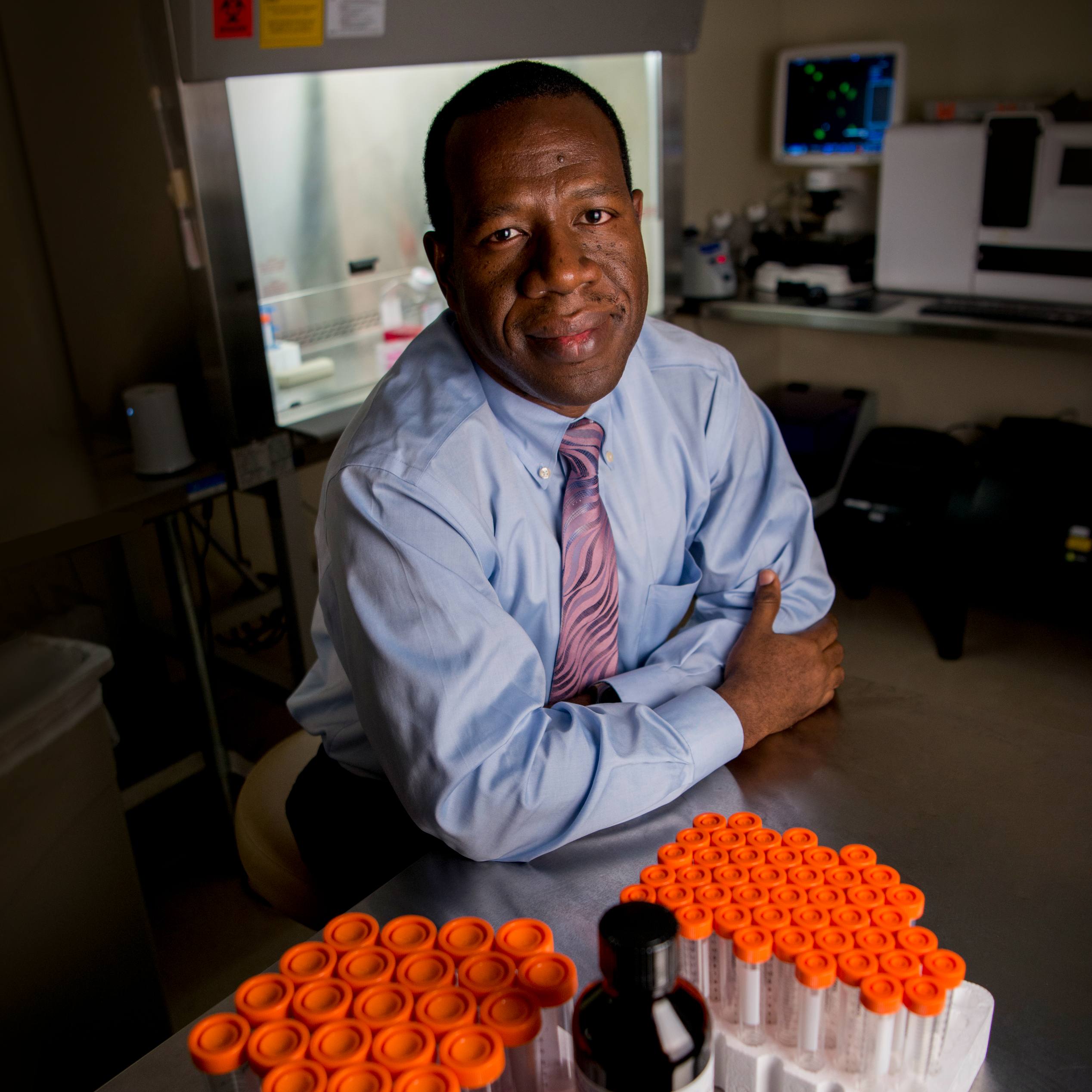-
Diversity
Disparities in opioid treatment access remain for women, Black and Hispanic people

ROCHESTER, Minn. — Buprenorphine is a prescription approved by the Food and Drug Administration (FDA) that effectively treats opioid dependence or addiction. But women, as well as Black and Hispanic populations, do not have equal access to this potentially lifesaving medication, new Mayo Clinic research finds. The study published Friday, June 3, in JAMA Network Open.
The research team used the OptumLabs Data Warehouse to examine 3,110 filled prescriptions of buprenorphine from 72,055 emergency department visits across the U.S. from 2014 to 2020. While access to the medication increased over time for all groups studied, it was consistently lower for people 41 and older, women, and Black and Hispanic people. These disparities remained relatively steady over the years studied.
"The persistence of the disparities is frustrating. This is a truly lifesaving treatment. But it does appear that all groups are gaining access over time, which is what we want to see," says Molly Jeffery, Ph.D., scientific director for Mayo Clinic's Division of Emergency Medicine Research and the study's senior author.
The researchers note that people with socioeconomic advantages — white, male or younger — were more likely to receive buprenorphine. "These findings are not surprising, given that patient- and system-level barriers for accessing buprenorphine often disproportionately impact vulnerable populations," they write. They say that obstacles to receiving the drug include systemic racism, mistrust of health care professionals and the health care system, not enough clinicians able and prepared to prescribe buprenorphine in the emergency department, regulatory requirements, reimbursement issues, and addiction and mental health stigmas.
"The laws that currently limit access to buprenorphine are a legacy of an earlier opioid epidemic from literally 100 years ago. Those laws are based in mistrust of physicians and patients and a fundamental misunderstanding about substance use disorders," Dr. Jeffery says. "Making it easy to access safe and effective treatment is the best way to fight the epidemic of opioid overdoses, which has gotten worse during the COVID-19 pandemic."
The FDA approved buprenorphine to treat opioid use disorder in 2002. Since then, the National Institutes of Health points to several studies showing its efficacy in treating opioid addiction and thereby reducing opioid overdose deaths. A 2014 meta-analysis study showed that patients receiving buprenorphine were 1.82 times more likely to stay in treatment than those who received a placebo.
To Dr. Jeffery and her Mayo colleagues, the solution is simple: Get more physicians to prescribe buprenorphine.
"We know exactly what to do to close the gap: Get more health care providers, particularly primary care providers, involved in prescribing buprenorphine," Dr. Jeffery says. "Mayo Clinic recognizes the importance of primary care access to buprenorphine, and our clinicians are addressing the disparity gap by prescribing buprenorphine whenever appropriate and providing it through a primary care program and an addiction clinic."
Dr. Jeffery said another way to close the gap is to remove policy barriers, such as additional requirements for clinicians to prescribe buprenorphine beyond what's needed for an opioid prescription. Policies like that "needlessly limit access to a safe and effective treatment and increase stigma," she adds.
These findings also will be presented at the AcademyHealth Annual Research Meeting on Sunday, June 5, in Washington, D.C., by lead author Maria Stevens, a Mayo Clinic researcher and a Ph.D. candidate in Health Policy and Management at the University of North Carolina at Chapel Hill in the Gillings School of Global Public Health.
The research is supported by the Mayo Clinic Robert D. and Patricia E. Kern Center for the Science of Health Care Delivery. The center works within the medical practice, gathering and analyzing data with the goal of making broad-based quality and efficiency improvements in patient care at Mayo and beyond.
Dr. Jeffery is a health care practice and policy researcher in the Mayo Clinic Kern Center for the Science of Health Care Delivery. Stevens is also a researcher in the center.
###
About OptumLabs
OptumLabs is a collaborative center for research and innovation co-founded by Optum Inc. and Mayo Clinic, and focused on improving patient care and patient value. The OptumLabs Data Warehouse contains de-identified data from a large U.S. health plan with claims from commercial and Medicare Advantage enrollees, as well as de-identified electronic health record data from a nationwide network of provider groups. The Mayo Clinic Robert D. and Patricia E. Kern Center for the Science of Health Care Delivery, which leads the relationship with OptumLabs for Mayo Clinic, has published a number of studies identifying areas for potential improvements in health care delivery using the OptumLabs Data Warehouse.
About Mayo Clinic
Mayo Clinic is a nonprofit organization committed to innovation in clinical practice, education and research, and providing compassion, expertise and answers to everyone who needs healing. Visit the Mayo Clinic News Network for additional Mayo Clinic news.
Media contact:
- Adam Harringa, Mayo Clinic Public Affairs, newsbureau@mayo.edu







